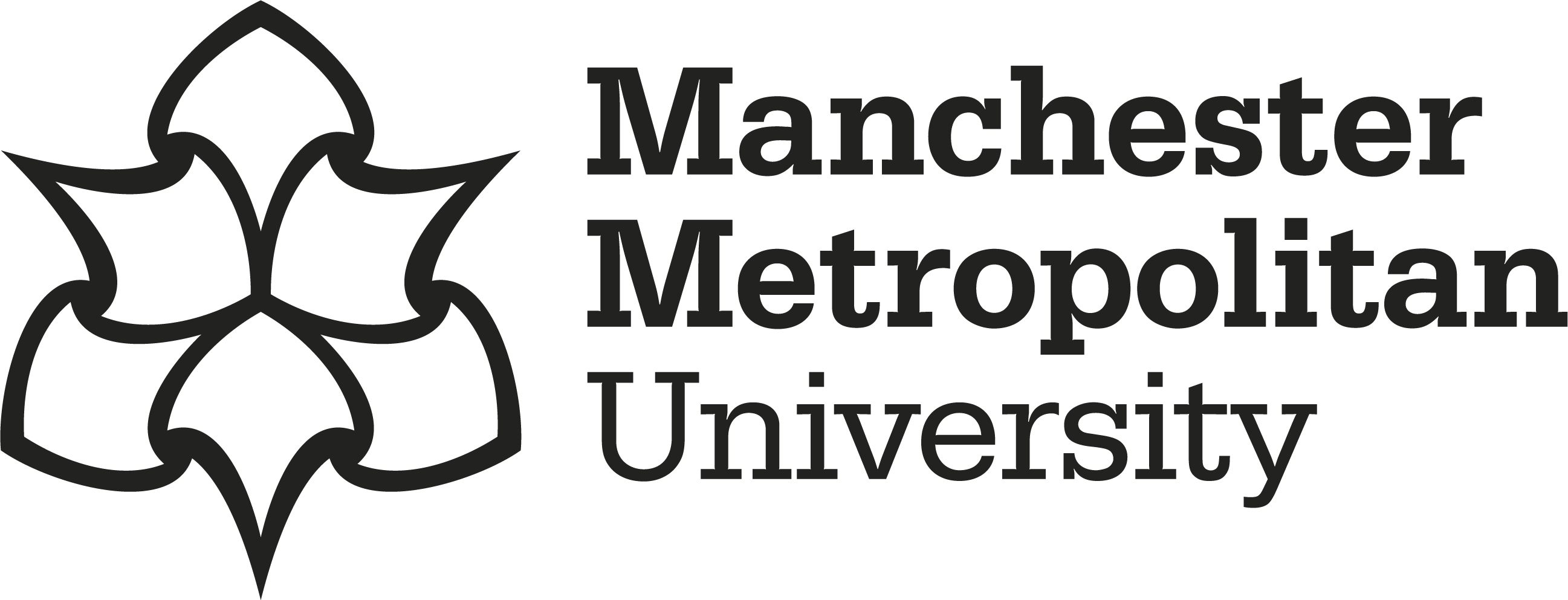Wood, Jane Emma (2025) The Potential of Bacterial Cellulose as a Sustainable Material in the Textile Industry. Doctoral thesis (PhD), Manchester Metropolitan University.
|
Available under License Creative Commons Attribution Non-commercial No Derivatives. Download (9MB) | Preview |
Abstract
Kombucha is commonly known as a fermented tea drink with purported health-giving properties. It is brewed using a SCOBY (Symbiotic Culture Of Bacteria and Yeast) in a liquid medium with glucose as a carbon source. A by-product of an extended brewing process is the production of a biofilm (or pellicle) containing bacterial cellulose (BC) nanofibrils. This can be harvested and used as a textile material without the use of synthetic chemicals in its production. The aim of this study is to develop reproducible BC pellicles and investigate potential applications of these as a sustainable alternative material in the textile industry. Optimal growth conditions were explored in the laboratory and via citizen science projects (> 200 samples). Sterile black tea with sugar inoculated with a Kombucha SCOBY liquid gave the highest yield (p < 0.05) albeit the most variable. There was no significant impact (p > 0.05) of incubation time (27 – 42 days) or temperature (room temperature vs 30 °C) observed. Genetic community profiling revealed that the population tended towards stability after three sub-culturing events, with Komagataeibacter xylinus noted as the most abundant species. Once optimal conditions had been identified the properties of the resultant BC pellicles were tested using standard apparel textile testing methods, a unique feature of this study, as this type of testing was not recorded in existing literature. The testing revealed remarkable abrasion resistance alongside very high-water absorption characteristics (in comparison to standard textiles commonly used in apparel). Since a focus of the study was on sustainable approaches, apparel-based textile applications were not pursued further as these were likely to require synthetic intervention to ensure fitness for purpose in modern apparel products. Instead, the hydrophilic nature of the pellicles was explored as an absorbent to remove residual colour from dyehouse effluent. Pellicles successfully removed a degree of colour from dye solution, thus presenting an innovative application of the sustainably produced pellicles in the textile industry as a potential alternative to traditional coloured effluent treatments. The methods employed using citizen science as a data collection method in this study demonstrate how the integration of creative approaches with physical science investigation foster deeper levels of enquiry and participant engagement in the research process. This methodological approach highlights the potential of interdisciplinary practice to broaden public involvement in scientific research, enhancing outcomes and diversifying applications.
Impact and Reach
Statistics
Additional statistics for this dataset are available via IRStats2.


